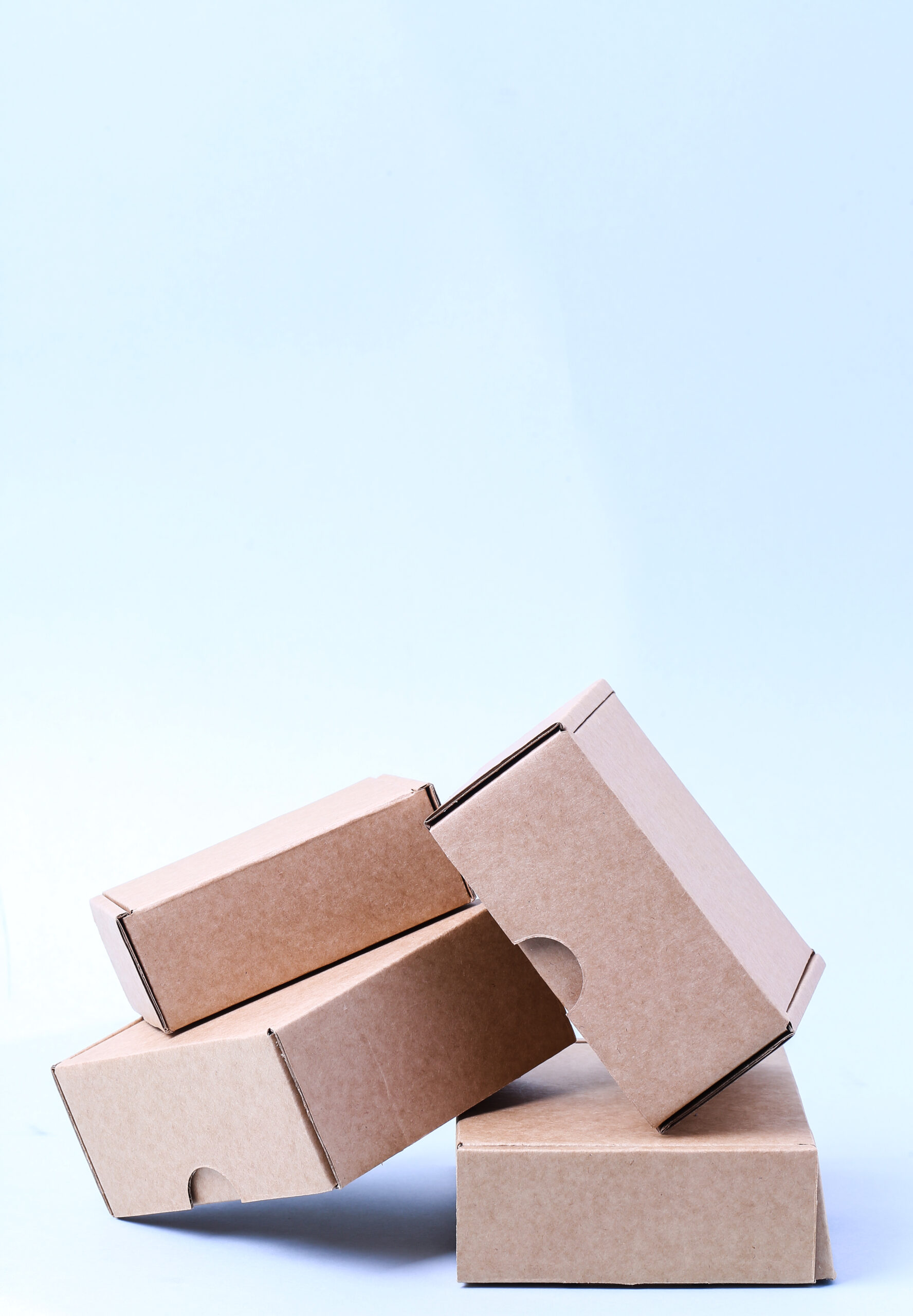

What is Lamination?
Lamination is a thin layer of plastic that is bonded to the surface of printed materials. It provides a more durable finish than varnish, and it can also help to protect the print from moisture, chemicals, and abrasion. However, lamination can be more expensive than varnish, and it may not be the best choice for products that require a glossy finish.
What is Varnish?
Varnish is a clear, liquid coating that is applied to the surface of printed materials. It can provide a glossy or matte finish and can help to protect the print from scratches, scuffs, and fading. However, the varnish is not as durable as lamination, and it may not be the best choice for products that are exposed to harsh conditions.
Lamination vs. Varnish: A Comparison of two packaging finishes
Lamination and varnish are two popular packaging finishes that can be used to protect and enhance the appearance of printed materials. However, there are some key differences between the two finishes that should be considered when making a decision.
Here lets, summarize the key differences between lamination and varnish:
1. Cost
2. Durability –
3. Suitability –
– Personal care products
– Food and beverage packaging
– Products that are exposed to moisture or chemicals
Lamination is made from non-biodegradable materials that cannot be recycled. This means that lamination contributes to plastic pollution and does not fulfill sustainable packaging needs.
– High-textured labelling on premium beverages
– Sustainable packaging
– Gloss varnish for labels of vitamins, squeezable containers, etc.
Varnish is made from materials that can be recycled, such as water and resin. This makes varnish a more sustainable option than lamination.
In addition to being recyclable, varnish can also help to reduce air pollution.
Some varnishes are made with UV-curing technology. This technology uses ultraviolet light to cure the varnish, which means that no volatile organic compounds (VOCs) are released into the air. VOCs are harmful pollutants that can contribute to smog and other air quality problems.
Which is Right for You?
Ultimately, the best finish for your product will depend on your specific needs and budget. If you are looking for a durable finish that can protect your product from harsh conditions, then lamination is a good option. If you are looking for a more affordable finish that can provide a glossy or matte finish, then varnish is a good option.
We hope this article has helped you to understand the differences between lamination and varnish and to make the right choice for your brand.
At VTCPL, we offer both lamination and varnish printing finishing services. We can help you choose the right finish for your needs and budget. We also offer a wide range of other printing services, so you can get everything you need from a single source.
Contact us today to learn more about our lamination and varnish printing services.